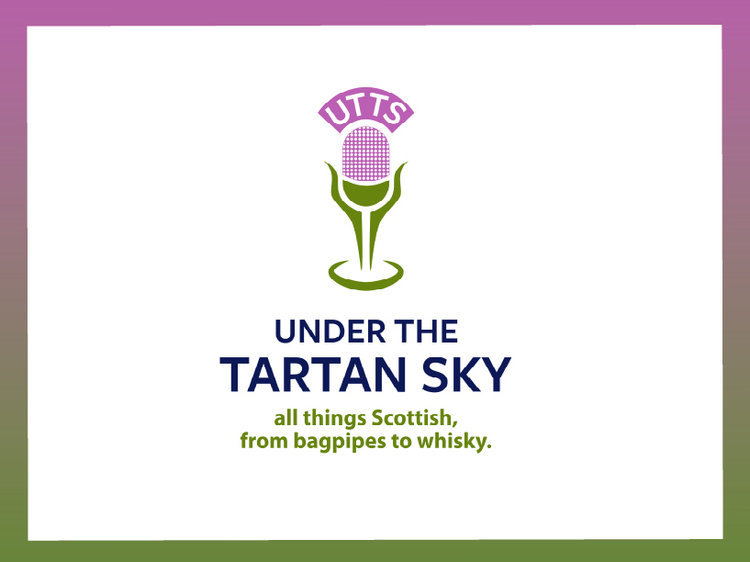Fair fa' your honest, sonsie face,
Great chieftain o the puddin'-race!
Aboon them a' ye tak your place,
Painch, tripe, or thairm:
Weel are ye worthy o' a grace
As lang's my arm.
So begins one of poet Robbie Burns' most famous works, the "Address to a Haggis." Written in 1787, a time when haggis was popular as a working man's meal because it was both cheap and nutritious, Burns and haggis have been forever linked. The presentation of the haggis, complete with a piper and an often overly dramatic reading of Burns' poem is the first order of business at annual Burns' Suppers around the world. The poem was actually written very "tongue-in-cheek" by Burns who was pointedly mocking the Edinburgh snobs of the time who turned their noses up at thought of the wee haggis.
Traditionally haggis is made from the lung, liver, and heart of the sheep. These are minced (finely chopped) and mixed with oatmeal, onion, and spices and stuffed into a cleaned sheep's stomach and boiled. The mere description has earned it a reputation as a dish that is either beloved or reviled.
Haggis has never been more popular in Scotland than it is today. That is in part thanks to MacSween Haggis, a 62-year old family-owned premiere haggis producer in Edinburgh. Macsween have introduced innovations like microwaveable haggis, and most recently a beef and haggis burger. In 2014, Jo Macsween, current owner of the company with her brother James, authored "The Haggis Bible," filled with 50 mouthwatering recipes showing that haggis is no longer just for serving at a Burns Supper. Today haggis comes in many varieties and can be found as an ingredient in dishes as diverse as burgers, pizzas, tacos, nachos, spaghetti, lasagna, and even as a topping for baked potatoes. Indeed, for the American palate, haggis can be thought of as a ready substitute in any dish where you might use ground beef.
Unfortunately, true Scottish haggis has been banned in the USA since 1971. The USDA does not approve sheep's lung for human consumption. Haggis can be made here but the lung is not used and the casing is always artificial. James Macsween, whose family has been making haggis since 1953, would like to see that ban lifted and is working toward that goal. He joins me to answer the all important question, what is a haggis? (HINT: it is not a wild animal that roams the Highlands of Scotland.)
•Address to a Haggis - with complete English translation
•A review of "The Haggis Bible" by Jo Macsween
•Visit Scotland's primer on haggis with recipe links
•A primer on the history, preparation, and use of haggis
•The Offal Truth About American Haggis - a BBC News magazine article













As a concerned citizen, former journalist Ruth Watson has launched the social media campaign #KeepScotlandTheBrand to protect the identity of Scottish produce and products in this time of #Brexit